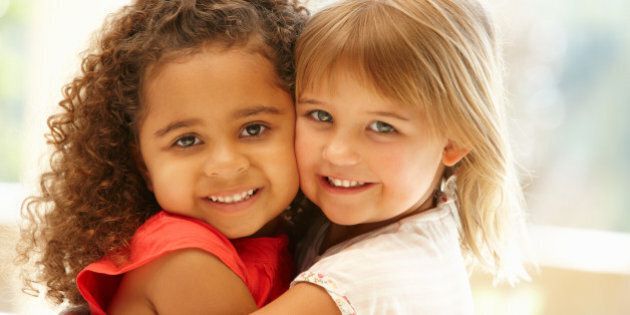
"Do I have to?" The question that is worn out on parents and teachers.
A child's life is full of 'must do's.
Time to get up. Time to leave for school. Time for class to begin. Time to do this. Time to do that. The concept of choice is a conundrum in the life of a child.
Children can often feel they have few choices. As a life skills lesson, identifying that choices do exist, was empowering for students who often felt powerless in other aspects of their life. It's a lesson that works the same for adults too.
There are places in a child's life where choice is minimal. However, that is true at any time in life. Choices, power and control are all elements of possible confusion and frustration in a child's world.
Realizing the availability of choices in their lives was a good topic for a social skills lesson in my classroom. It was a way for them to identify that they did have some personal power.
It's all about perception was my message.
The basis for the lesson was recognizing that there were places in their life where choice existed. Friendship was a good starting point for any discussion about choices. It's a complex subject and the issues are not limited to childhood. Their choice of being friends with someone was the first step to determining the next step.
A favourite lesson tool of mine is the T chart. It can be applied in so many ways in school. For social skills, one side of the T would be the good things about their friendships and on the other side would be the negatives One side usually filled up faster and was a good indicator -- a very visual representation --relaying the condition of friendships in their lives. From there we'd look at where choice existed and the options for change.
The qualities of a good friend
A friend is one to whom one may pour out all the contents of one's heart, chaff and grain together, knowing that the gentlest of hands will take and sift it, keep what is worth keeping, and with the breath of kindness blow the rest away. - George Elliot
To understand their friendship choices also required understanding the aspects of having and being a good friend. Friendship is not a one way street. They made the choice to be part of that friendship. They chose to spend the time with their friends. Sometimes accepting responsibility for some of those friendship choices was a sobering experience when externalizing the blame was so much easier. Choices are related to consequences.
The type of friendships we have are -- for better or worse -- a consequence of the choices we make.
Every choice we make is a choice we control.
Within the clique mentality of most schools, there is a leader who exercises power over the group. In school settings, these friendships can often be riddled with power imbalances. Depending on their personal state of vulnerability, a student can find themselves in a situation where they feel powerless. Wanting to belong is a powerful internal desire that can colour a student's choice as a member of a group or clique. But acknowledging that desire is -- in itself -- a choice.
In a classroom with a strong clique mentality, social skills lessons on personal choice would be a way to begin to diffuse the power of the clique. Consistent positive social skills training in the classroom has a beneficial effect. So often, children need to see and learn what healthy relationships look like. These lessons can be incorporated, relatively easily, into any classroom setting.
Good friendships are about a healthy balance of power.
Understanding they did have choice in their life was illuminating for the students. Understanding power and control became a cornerstone in any life skills lesson where we discussed choices. A resilient child understands that they do have choices. That, in turn, gives them a sense of control with their own life.
"It is our choices, Harry, that show what we truly are, far more than our abilities."
- J.K. Rowling, Harry Potter and the Chamber of Secrets